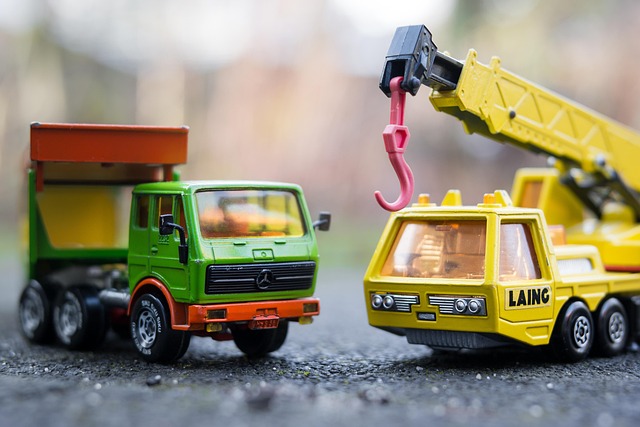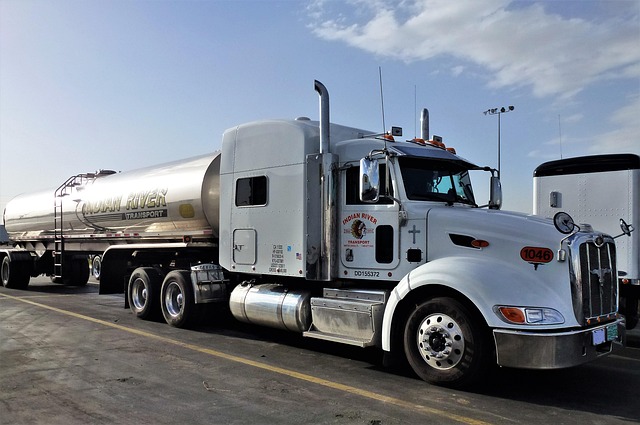Looking to register your car in California? This comprehensive guide walks you through every step, from understanding key requirements to paying fees. First, grasp the essentials of car registration in CA, then gather essential docs, including proof of insurance and ownership. Next, learn how to perform a crucial DMV VIN verification process.
Successfully complete the application, ensuring accuracy, and make the necessary payments. Finally, receive your registration certificate, marking the official activation of your vehicle’s legal status in California. Remember, proper dmv vin verification is paramount!
- Understand the Requirements for Car Registration in California
- Gather Necessary Documents for Car Registration
- Perform DMV VIN Verification Step-by-Step
- Complete the California Car Registration Application Process
- Pay the Required Fees and Receive Your Registration Certificate
Understand the Requirements for Car Registration in California

Before registering your car in California, it’s crucial to understand the requirements. The first step involves a DMV (Department of Motor Vehicles) vin verification process, ensuring that your vehicle meets all safety and environmental standards. This includes checking the vehicle identification number (VIN), which is a unique code that identifies your car’s make, model, and year.
Additionally, you’ll need to provide essential documents like proof of ownership, current insurance, and sometimes, if applicable, a sales tax form or title transfer. A mobile vin inspection or mobile vin verifier can also facilitate this process by providing immediate results and ensuring convenience for California residents who prefer a quick, on-the-go registration service.
Gather Necessary Documents for Car Registration

Before you begin the registration process, it’s crucial to gather all the essential documents. In California, the Department of Motor Vehicles (DMV) requires several key pieces of information for car registration. One critical step is the DMV vin verification, which involves a detailed inspection of your vehicle’s unique identifier, known as the Vehicle Identification Number (VIN). This process ensures the accuracy and authenticity of your car’s details.
For a seamless registration experience, prepare documents such as proof of ownership, a valid driver’s license, and a completed application form. Additionally, consider arranging for a mobile vin inspection or verification service, which can save you time by allowing an expert to conduct the VIN check at your convenience, whether at home or on the go.
Perform DMV VIN Verification Step-by-Step

Performing a DMV VIN (Vehicle Identification Number) verification is a crucial step when registering your car in California. Here’s how to do it step-by-step:
1. Gather Your Documents: Before heading to the DMV, ensure you have all required documents like the title, registration, and proof of insurance. Additionally, you’ll need your vehicle’s VIN, which can usually be found on the driver’s side door frame or under the hood.
2. Access the Online Tool: The California DMV offers a convenient online tool for VIN verification. Visit the official DMV website and navigate to the section dedicated to VIN checks. Enter your VIN into the provided field. This service allows you to quickly cross-reference your vehicle’s information with state records, ensuring it’s not stolen or has any outstanding issues.
3. Select Mobile Vin Verification (Optional): If you prefer a more flexible option, consider using a mobile vin verification service. These services send a specialist to your location to perform the inspection. This is particularly useful if you have a busy schedule and want to save time. A quick search online will reveal several reputable mobile vin inspectors in California.
Complete the California Car Registration Application Process

Pay the Required Fees and Receive Your Registration Certificate

After completing your vehicle’s registration application, it’s time to pay the required fees and receive your certificate. The California Department of Motor Vehicles (DMV) will process your application and conduct a thorough vin inspection to ensure the vehicle’s identification number (VIN) is accurate and matches the make and model on record. This step is crucial for preventing fraud and ensuring the safety of registered vehicles.
Once the vin inspection is approved, you’ll be directed to pay the registration fees, which vary based on your vehicle’s type and age. You can typically do this at a local DMV office or online through their secure portal. Upon successful payment, the DMV will issue your registration certificate, officially registering your car in California. Consider opting for a mobile vin verification service if available, as it allows for faster processing and convenience.
Registering a car in California is a straightforward process, provided you meet all requirements. By gathering essential documents, successfully completing the DMV VIN verification, and following the application process, you’ll be well on your way to securing your vehicle’s registration. Remember, accurate information and timely fee payment are crucial for a smooth experience. Now that you know how, take a dive into the steps and ensure your car is legally registered in no time.
